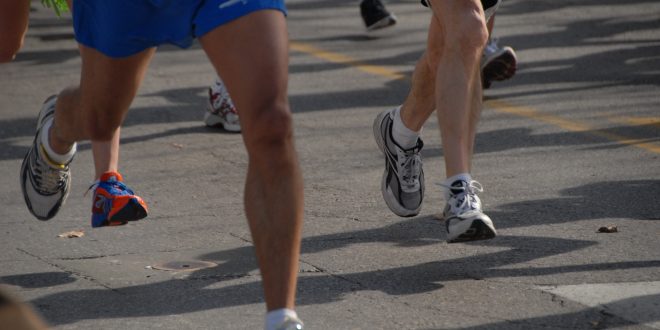In North America, one in five individuals will suffer from depression at one point in their lives, and of those who do, less than 40% will seek treatment. In an effort to increase access to services, low-intensity interventions for depression, involving minimal cost and time-investment, have emerged. Two such interventions, receiving support in research, are behavioural activation and physical activity. Indeed, the benefits of behavioural activation and physical activity for depression have shown to be similar, if not equal to, the benefits of antidepressant medication.
These interventions share a common goal of reactivating the individual. However, unlike physical activity interventions, behavioural activation interventions typically focus on non-physical activities (e.g., going to the museum, writing in a journal, playing an instrument, meeting a friend for coffee). While both interventions have shown to be effective at reducing depressive symptoms, limited research has directly compared them. Indeed, this area of research remains considerably under investigated. The present randomized controlled trial aimed to fill this gap in research by evaluating the efficacy of both behavioural activation and physical activity as administered in a low-intensity, guided self-help format, in comparison to a control group.
Fifty-nine adults, presenting mild-to-moderate depressive symptoms, were randomized either to a behavioural activation intervention (n = 20), a physical activity intervention (n = 19) or a wait-list control group (n = 20). Measures were taken before, during and at the end of the intervention, as well as two months later as a follow-up. Results of this study indicated that both interventions were more effective in reducing depressive symptoms in comparison with the control group, with physical activity appearing to be slightly more effective than behavioural activation. This is surprising, as the physical activity intervention involved less time than the behavioural activation intervention. Time investment is an important consideration for many people when it comes to initiating and maintaining a particular treatment. Overall, the results of this study suggest that low-intensity interventions, such as behavioural activation and physical activity, could be a feasible option for people who may otherwise not have access to or the means to seek more intensive forms of intervention.
Read the full paper: Soucy, I., Provencher, M., Fortier, M., & McFadden, T. (2017). Efficacy of guided self-help behavioural activation and physical activity for depression: a randomized controlled trial. Cognitive Behaviour Therapy, 1-14. doi:10.1080/16506073.2017.1337806


Photo by: Ryan Knapp
 Cognitive Behaviour Therapy A peer reviewed, multidisciplinary journal devoted to the application of behavioural and cognitive sciences to clinical psychology and psychotherapy.
Cognitive Behaviour Therapy A peer reviewed, multidisciplinary journal devoted to the application of behavioural and cognitive sciences to clinical psychology and psychotherapy.




